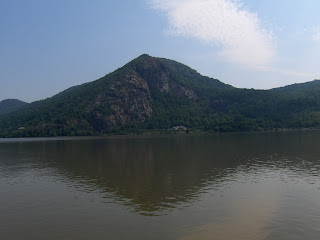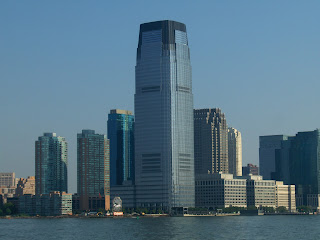We hit a big storm on the Hudson River today, with 50 knt. winds and lightning. It was intense. We had reservations at Roundout Yacht Basin so when it was safe to enter the creek, we came into a surprising little paradise.
On the north side of Roundout Creek, just west of the bridge, is the town dock and the Hudson River Maritime Center Museum. This restored historical waterfront is well known for it's ice and brick making, which was a much needed commodity up and down the Hudson, when everything traveled by water.
The sky cleared as we entered the creek and everything was calm inside.
We pass under a 56-foot fixed bridge and move up the creek.
We pass an old timer and knew this place may be special.
We pull up to the marina on the left after a long travel day.
The next morning we wake up in fog which was spectacular.
We put down the dingy and take off to explore the town.
This tug is next to the museum and quite the spectical.
We went to the Maritime Museum which showed the importance of the Hudson River to the economy and expansion of New York.
Captain Bob at the helm.
We pass a weekend raft-up which goes to show you, fun is wherever you are.
As we passed by, this tug was at the shipyard getting repaired.
Every place we looked there was something out of the ordinary.
We are learning to expect the unexpected. Tomorrow we head to Albany, New York.


















































